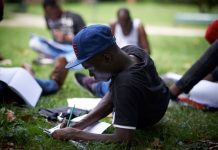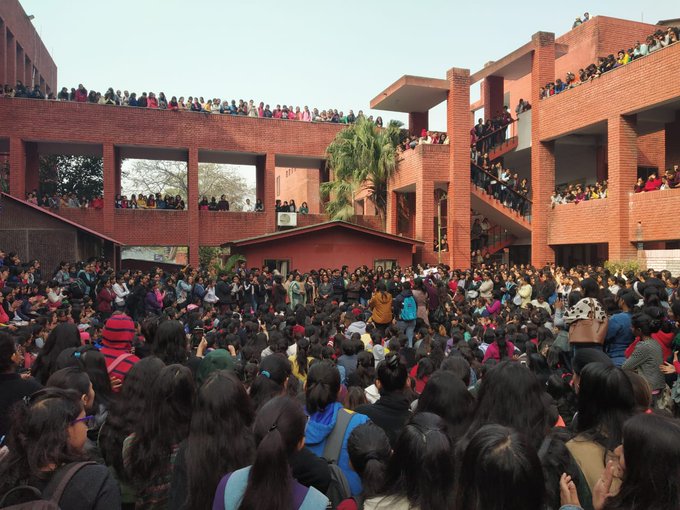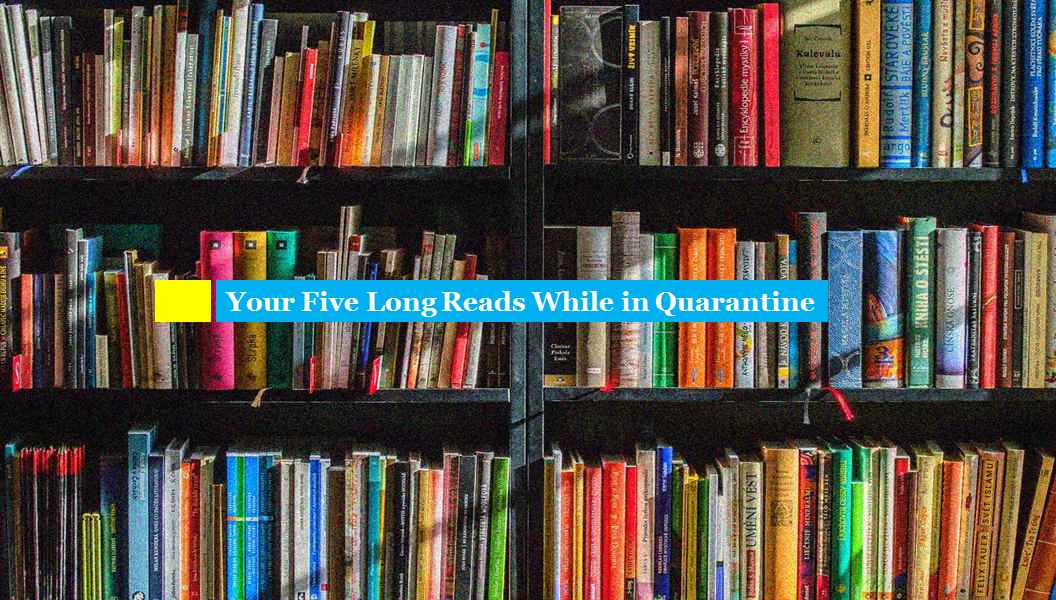Discipline is essential. But does too much of discipline produce docility and passivity? A teacher explores Foucault’s ideas and tries to narrate the possibility of a beautiful bond between discipline and freedom in the domain of meaningful education.
By K. Laxmi Rao is Academic Director, Jain Group of Institutions, Hyderabad
Michel Focault was indeed a great who thought ahead of his times on issues like bringing transformation in the behavioral pattern of people by disciplining or penalizing them. We know that in 19th Century the word ‘discipline’ was abused to the core by the teachers in the school system. All the conventional schools had the teachers using power to discipline children either through corporal punishment or by being harsh or by making derogatory remarks. Their objective might have been a correction in the behavior, but unfortunately power left the scar rather than acting as an enabling force in the correction of behavior. In other words, the teachers thought that the relationship between them and the taught was a mere power struggle. Herein lies exists the problem. We need to remember that only a friendly relationship between the teacher and the taught can make the classroom transaction successful.
In fact, the problem in the classroom is not of just discipline, it is about the authentic learning procedures and routines as opined by Harry Wong. True discipline is a way of life which has to be inculcated and established among the students from a very tender age by empowering and engaging them productively in their day to day activities. However silence, ‘no sound’and ‘noise free’ classrooms hamper the growth and development of a child. I remember during mid-90s ,when communicative English was introduced by CBSE Board, my class used to be very ‘noisy’ as I allowed my students to discuss, deliberate and debate. In the era where ‘no sound’ was considered to be the paramount factor for of designating a teacher as the best or the worst, I was considered ‘worst’ initially, but once the learning activity was over my students were calm and never indulged in unnecessary noise. Then it was understood that a classroom could have productive sound, and a teacher ought to be facilitator and not just a mere knowledge transformer.
This feature has to be focused in the teaching – learning process. A child has the freedom to choose her/his own activities while learning the content. In a child centric curriculum, a child needs to be given complete freedom to take independent decisions with clarity. Of course ,a child needs to be trained to handle freedom carefully.
It is in this context that I wish to suggest that in a communicative class taking ‘Turns’ is a systematic approach for engaging the students while involving them in the activity. A class can be divided into a group of two or four depending upon the class size, a teacher can tell a story or initiate a discussion with the help of this technique and instruct the students clearly about the time frame meant for the total task and individual time allotted for the subtopics. And then participants are constrained to issue their utterances in allocated turns, and enlist various mechanisms to obtain them.
Again, we can introduce the feature of ‘peer assessment’ , while two groups indulge in discussing the topics the other groups would assess the speakers based on the parameters set by the teacher .Here there is no power involved in disciplining the children, no harsh words, no force able silence and no unwanted noise. This is yet another improvised feature of taking the turn to focus on disciplining the students without power .In fact ,this method can be implemented in a larger class by mentioning the roll numbers on a wheel. The students can be allotted a task or an activity and in order to keep the anticipatory element, the teacher can spin the wheel and whoever gets the turn would be allowed to continue the task. Thus throughout this task all the students are likely to remain equally eager and enthusiastic for their turn to come and involve in the activity. The teacher can assess the quick responses of the students as everyone needs to be alert .
In fact ,a successful teacher is the one who wins the heart of children through creative and imaginative lessons. A teacher can be effective even in a pre- school scenario by involving students in setting classroom rules. Few activities like Show & Tell and Story Board were organized in our Toddlers section quite successfully, and thus engaging the tiny tots productively. A teacher can give verbal cues when required to keep the activity going. In one of our Toddlers’ section I found an interesting activity namely “Imaginary World” where in 25 two- year- old children were actively engaged without any disruption while indulging in an imaginary activity of blowing colourful balloons of their choice and making them fly in the sky. In this activity the teacher has exhibited tremendous creativity. Initially, the children were asked to choose a colour of balloon of their choice and then to hold and blow the air into the balloon’ and finally to tie up and leave it in the air. What was amazing was that each and every child enjoyed imagining all the tasks without any balloon in the hand and started looking at the roof in search of their imaginary balloons. Thus the practice of discipline to change the behavior doesn’t require shouting, beating or any punishment, it can be achieved through a learning activity that is productively and creatively woven .
This article is published in The New Leam, March Issue( Vol.2 No.10) and available in print version.
To buy contact us or write at thenewleam@gmail.com
Or visit FlipKart.com














